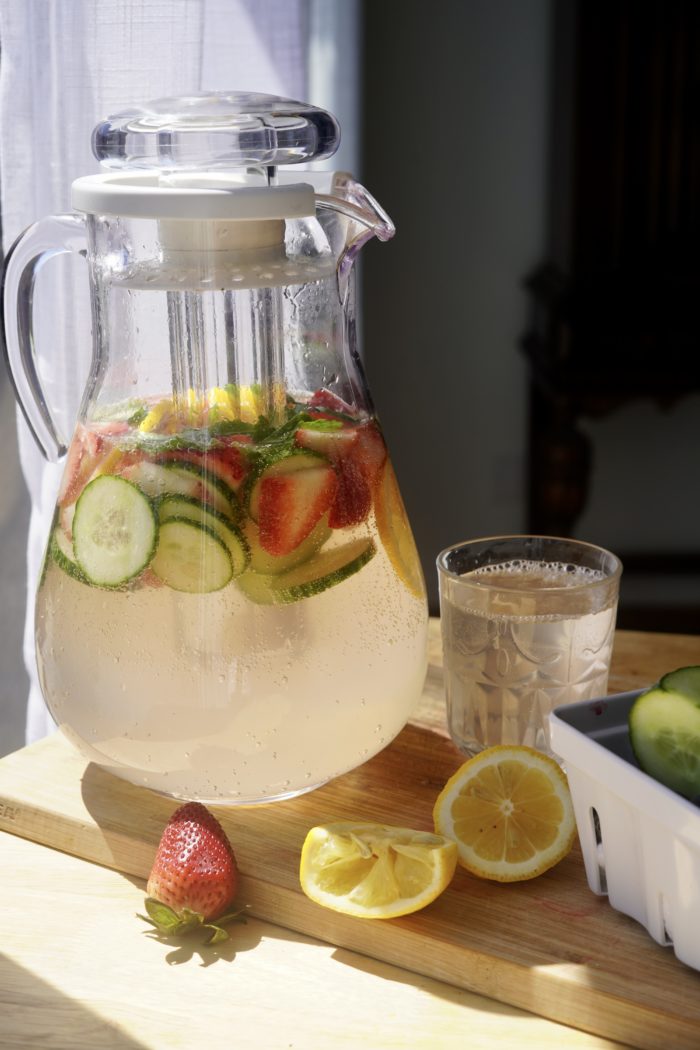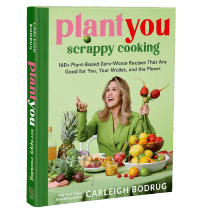Vegan Charcuterie Board
Have you ever wanted to serve your guests a vegan charcuterie board? You might have even given up on the idea because traditional charcuterie boards are mostly composed of meat and cheese… But I am here to teach you how to assemble an incredible vegan charcuterie board that will leave your guests in awe!
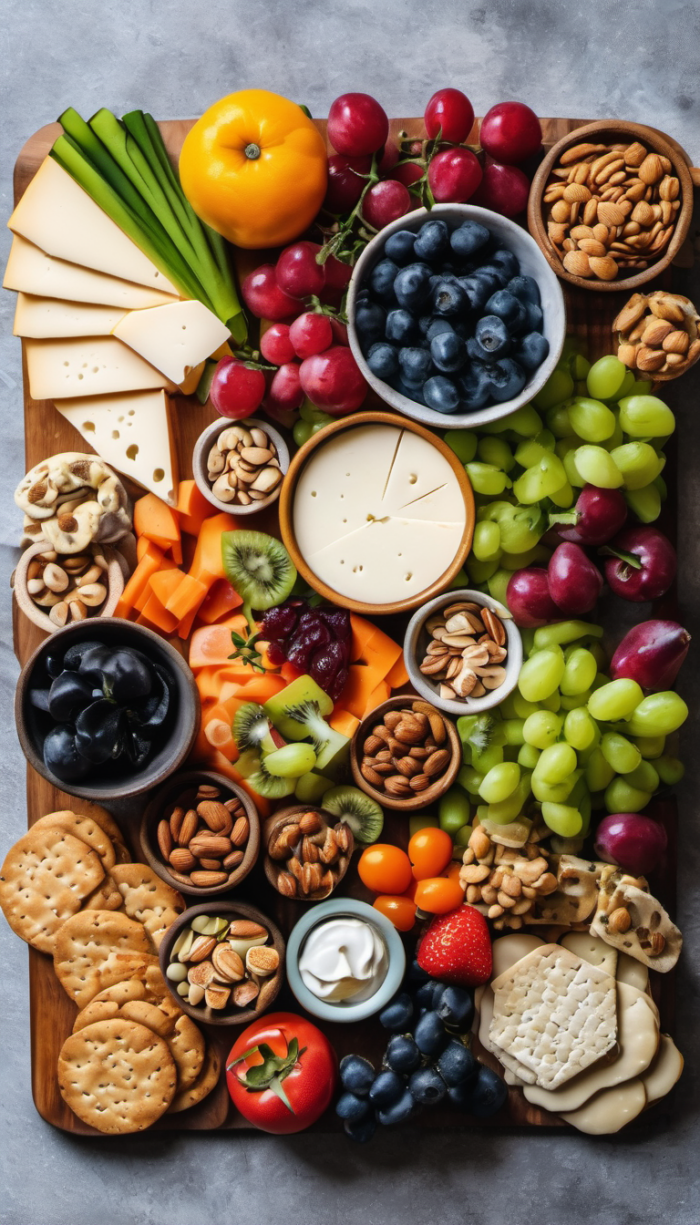
What is a charcuterie board?
The word charcuterie comes from French chair (“flesh”, or “meat”) and cuir (‘to cook”, or “to cure”). A charcuterie board is an appetizer typically served on a wooden board or stone slab. And while now it may be served at a fancy party, this dish may actually originate as a simple meal enjoyed by manual laborers. And so, traditional charcuterie boards tend to include a selection of cured meats, cheeses, fresh produce, and bread. Additionally, the aforementioned foods are often accompanied by some sort of sauce of dip.
So how do we make a dish that is so fundamentally un-vegan into the vegan charcuterie board?
Best tips for making a vegan charcuterie board
- Think about the volume. How many people are you hoping to feed? Will there be additional appetizers? And is your vegan charcuterie board followed up by the main meal, or is it a snack for everyone to indulge in throughout the evening?
- Be ambitious but realistic. Don’t overfill your board: if you drop it, your efforts will be wasted. If you have a large party of people, why not split the selection between several boards to ensure everyone’s access to the food.
- Avoid any foods that may be difficult to eat. You should be able to easily pick up every element of your vegan charcuterie board. Some items may require toothpicks or cocktail sticks, but your guests shouldn’t need any cutlery.
What to include in a vegan charcuterie board
Some people mistakenly assume that removing meat and cheese from the equation means that your charcuterie board will be bland and boring. That couldn’t be further from the truth! In fact, vegan charcuterie boards can be more versatile and creative than their “traditional” counterparts. The important part is to find a balance between different types of items: bread, crackers, fresh produce, antipasti, dips, and any cheese and meat substitutes.
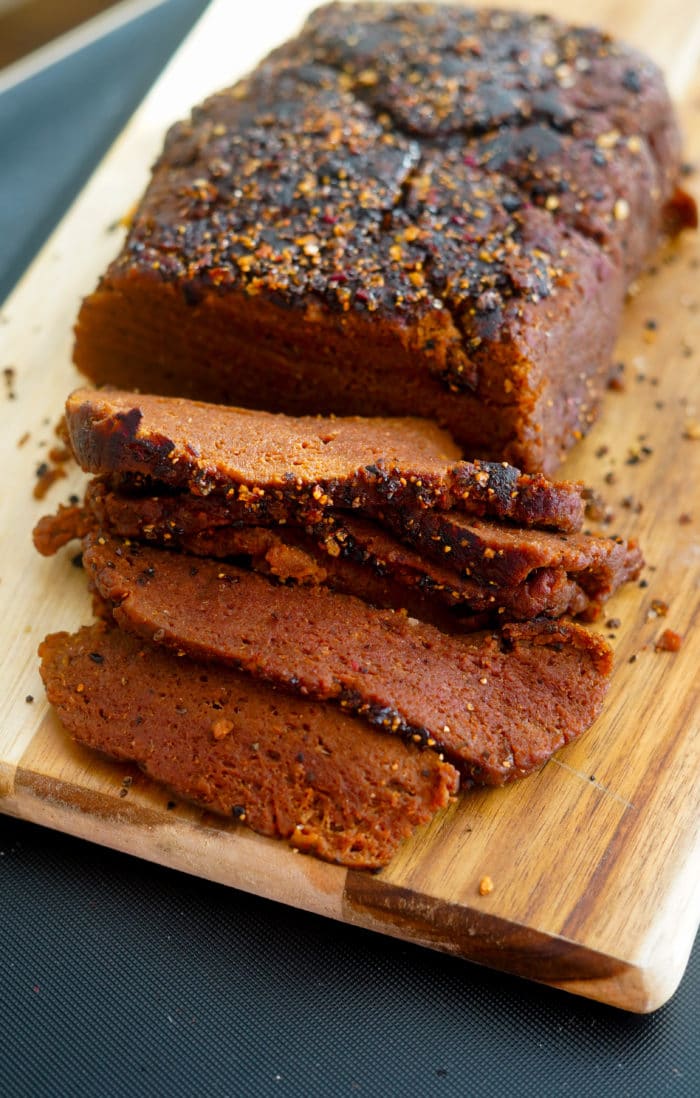
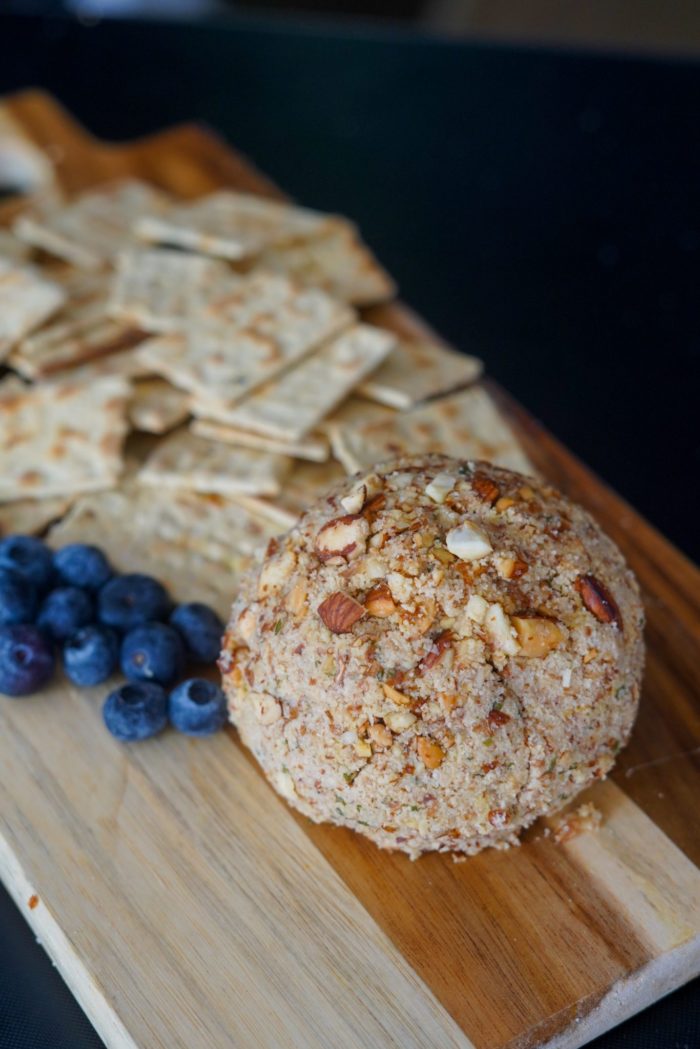
Meat and cheese alternatives
You are more than welcome to use store-bought items. However, buying an entire selection can cost a pretty penny. The alternative is making delicious vegan meats and cheeses at home. Feel free to try some of teh following recipes:
- Vegan Roast Beef Recipe
- Battered Oyster Mushroom Chicken
- Almond Cheese Ball
- Homemade Vegan Mozzarella Sticks
- Vegan Cheddar Cheese
- Vegan Tofu Feta
Fresh produce and antipasti
To balance the richness of protein-heavy items, a cleverly constructed vegan charcuterie board should feature some fresh fruit and veggies, as well as marinated or pickled produce.
- Fresh berries: grapes, blueberries, strawberries, or raspberries.
- Fresh fruit: apples, pineapple, peaches, apricots, avocado. Any items you use should be prepped and easy to pick up and eat immediately, e.g. peel or stem removed.
- Fresh vegetables: cucumbers, peppers, carrots, celery.
- Processed vegetables: sundried tomatoes, marinated artichokes, olives, asparagus, silverskin onions, cornichon pickles.
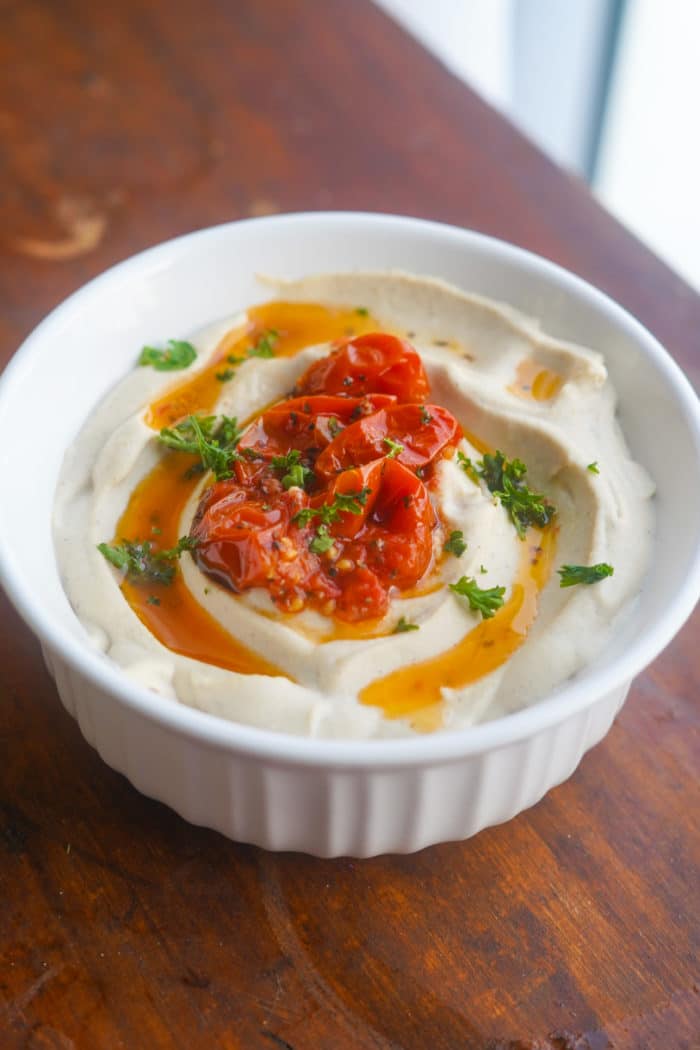
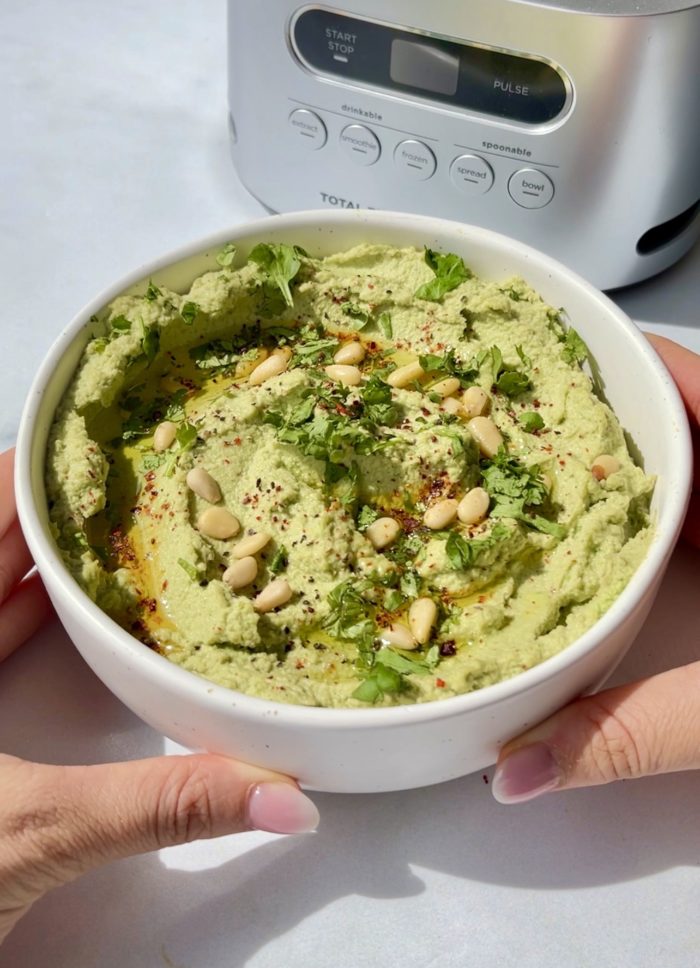
Dips and sauces
You can choose from a wide variety of dips to serve with your vegan charcuterie board. From chutneys and jams to hummus and guac. Try to select dips with a thicker consistency to reduce the risk or spillage and ruined clothes!
Carb and crunch
Typically, charcuterie boards include some crackers or bread to accompany the rest of the ingredients. Who says you can’t get even more creative?
- Kale Chips
- Sweet Potato Skin Nachos
- Pasta Chips
- Red Lentil Flatbread
- Wholemeal Sourdough
- Plain biscuits and graham crackers
- Mini-pretzels and tortilla chips
Refreshments
Traditionally, charcuterie boards come with wine and beer, but you can also include non-alcoholic drinks such as mint cucumber water or lilac lemonade.

